Learning to read is one of the hardest tasks a child will ever undertake. Besides requiring a good working memory, an excellent understanding of sounds, and plenty of exposure to the conventions of the task, reading also depends on parallel processing in the brain. And that’s something we can’t rush. The brain needs time to develop.
On the other hand, there’s really no such thing as beginning to teach reading too soon, if you understand the stages of reading development. The very first stages don’t look much like learning to read. These stages involve a lot of language exchange between children and parents and a lot of story sharing, both through read alouds and verbal play. The early stages also benefit from a rich print environment, which doesn’t necessarily mean owning a lot of books (though book ownership has generally been linked to higher success in literacy development).
How Can You Easily Help a Child Learn to Read?
For National Literacy Month, I asked librarians, teachers, and literacy specialists across the country to share their easiest learn-to-read tips, along with their absolute favorite alphabet books. The result was encouraging and delightful. First, the tips:
1. Immerse children in alphabetic learning through play, fun, and exploration. Games, rhymes, music, finger play, and everyday activities all count. (Ann Siejka, Children’s Librarian, Lewiston Public Library) Speaking of everyday activities, elementary reading specialist Carol Sullivan Svirsky, who likes the book Alphabet City, suggests, “Look for letters created in your natural surroundings. Maybe find a stick that looks like a K or the trail of a plane that looks like a W. Letters are hidden all around you if you look close enough.” (Svirsky, Woodland Elementary, Milford Public Schools; Alphabet City also recommended by Mary Burns, Head Youth Services Librarian, Palm Beach County Library System)
2. Laugh a lot, be present, and help the child be genuinely happy during reading. They will remember how they feel (happy!), and this will help instill an early love for reading. (Danielle Thomas, Head Pre-K Teacher at Grosse Pointe Public School System)
3. Appeal to a child’s natural curiosity and make the learning meaningful. Decide on a letter of the day. Then try treasure hunts, I Spy adventures, and pretend-travel complete with “shopping” for items that start with the letter of the day. (Patricia Sutherland, Bilingual Literacy and Dyslexia Specialist and author of Alphabet Around the World)
4. Read everything aloud to babies (even cereal boxes!) and when the child gets a little older don’t be afraid of reading activities that might seem repetitive. Because literacy requires multiple competencies like visual acuity, recognition of spoken sounds, understanding that print has meaning, fine motor skills (because writing and reading are strongly linked), and even social development, you really can’t start too soon or repeat things too often. “Again!” should be a favorite word you want to hear, from the child who wants to hear you speak and read and share. This isn’t about drilling kids, though. It’s about sharing a reading life over time and understanding that many variables need to fall into place before independent reading will occur. (Joel Bangilan, Linguist, Youth Services and Outreach Librarian, Harris County Public Library)
5. Say a few letters together during alphabet book story times. Simply point to a letter and ask the child to say the letter with you, then go one step further and ask what letter comes before or after the letter you just said. If the child isn’t sure, suggest saying the alphabet together to find out that, for instance, G comes after F. (Hillary Higgins, Children’s Librarian Assistant at Galesburg Public Library)
(This has the added benefit of introducing math language, by the way. “Before” and “after” are critical concepts and language for math development!)
6. Give letters a little dress-up or decoration. Make an M memorable, for instance, by dressing it up as a monster. (Susan Erhardt, Youth Services Specialist at Kent District Library) For older children, have them write a poem about their transformed letter. (Callie Feyen, At-Risk Literacy Specialist in the Ypsilanti Public Schools)
7. Make alphabet learning a joyful process by relating letters to the child’s life. Just because the alphabet begins with A doesn’t mean you need to start there. What to teach first? Choose letters that are in the child’s name, or choose letters that stand for the child’s favorite toys or foods. And, emphasize the letter-sound correspondence, rather than simply teaching letter recognition. (Jennifer Williams, Literacy Specialist at Calliope Global and Board Member of International Literacy Association)
8. Use a favorite doll or action figure to create surprise collections for a letter of the week and play a guessing game. Pretend that the doll or action figure loves making collections and once again has gathered five items which all begin with the same letter. Put the items in a special box and pull them out one at a time, asking the child to name the items. Once an item is named, repeat its name and emphasize the sound that the item starts with. Repeat for all five items and then ask the child to guess what letter the doll is thinking of for the week. The last item in the box can be a large cardboard version of the letter of the week. Let the child pull out the letter to finish the game. (Sarah Viviani, Children’s Librarian, Mandel Public Library of West Palm Beach)
9. Use alphabet books beginning at a very young age. While reading all kinds of books aloud to a child is important for the learn-to-read process, you can begin to talk about the building blocks of words by reading and looking at plenty of alphabet books. (Jennifer Noonan, MLIS Children’s Services Librarian Lewes Public Library)
10. Sing the ABC song and share nursery rhymes. (MaryAnn Minozzi, Librarian in City of Yonkers) This is about having fun with the sounds of language and using its music to solidify memory. The brain loves to learn through the patterns of music! You can also use newer ABC songs like Alphabet of Nations and E Eats Everything. (Rosemary Kiladitis, Children’s Librarian at Queen’s Library)
11. Use letter recognition to go on library book hunts. Start by reading an alphabet book together, then use a particular letter as the search letter, to go off and find new books whose titles or authors’ names begin with that letter. (Nicole Wilkinson, Elementary Library Media Specialist, Quaker Valley School District)
12. Use visual and tactile techniques. Post the alphabet on the wall, where kids can easily reference for writing. Keep letter tubs which contain plastic letters and objects that begin with the letters (these come in Spanish, too!) or tracing trays to play with; have the children make the sound of the letters while holding the objects or tracing the letters. The commercial letter tubs and tracing trays are ready-to-go, but you can make versions of these with household items. (Emily Burton, Youth Services Manager)
10 Terrific Alphabet Books: Professional Picks
When you ask librarians, teachers, and literacy specialists across the country to tell you their favorite alphabet books, you realize very quickly: the world contains a lot of alphabet books! Here are just 10 that I narrowed it down to, chosen based on either how many times they were recommended (Chicka Chicka Boom Boom topped the list) or simply for their fun or beauty quotient.
1. Chicka Chicka Boom Boom. A rousing race up the coconut tree, complete with rhymes, tumbles, and topples.
2. The Gashlycrumb Tinies. Not for the child who can’t parse irony, this painstakingly (pun intended) detailed alphabet book chronicles the untimely and oddly amusing deaths of the Tinies, from Amy to Zillah.
3. Eric Carle’s ABC. Classic Eric Carle, from Ants to Zebra. The tiger, especially, might make you smile.
4. LMNO Peas. Besides that this one was recommended many times over, I had to include it because of the poets. (See the P page, where a little green pea is penning, probably, a pantoum.)
5. Shiver Me Letters: A Pirate ABC. For the pirate lover in every child. There’s just something special about the B floating by in the crystal clear bay. (Maybe this is fondly reminding me of alphabet soup days, where all the letters floated by!)
6. Alphabet Mystery. In which little x is lost and the letters go to find him. Well, yes, there are references to alphabet soup! And kisses.
7. Once Upon an Alphabet: Short Stories for all the Letters. This is one to linger over, from the clever illustrations to the inclusion of words like daft and enigma (plus the alliterative phrase nearly nine thousand).
8. The Sleepy Little Alphabet. Besides that this book is super cute and, as literacy specialist Callie Feyen says, it includes “a well-placed underpants joke,” you really just need to make the little blankets.
9. The Alphabet Room. Watch the room being remade (sometimes humorously) as each flap is lifted and letters are added! Plus, the apples are charming.
10. The Hidden Alphabet. Lovely graphic treatment of the alphabet, in which objects become part of letters once you lift the black frames that cover the full pictures. (For instance, an arrowhead becomes the center piece of a large letter A.) Excellent for developing visual discernment.
Photo by Kat Grigg, Creative Commons license via Flickr. Post by L.L. Barkat, K-12 certified English teacher and educator who has taught in elementary, high school, and college settings, and author of six books for grown-ups and two for children, including one more alphabet book, A Is for Azure: The Alphabet in Colors. This is a modified reprint of an article that first appeared at Huffington Post.
- Poetry Prompt: In the Wild Secret Place - January 6, 2025
- Journeys: What We Hold in Common - November 4, 2024
- Poetry Prompt: My Poem is an Oasis - August 26, 2024

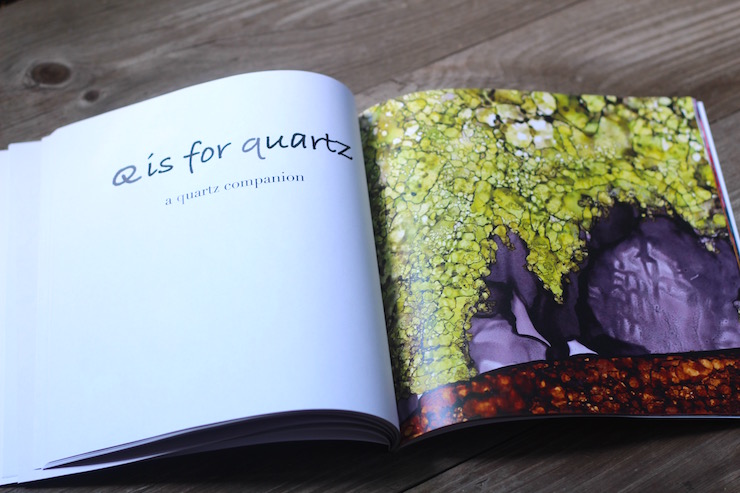
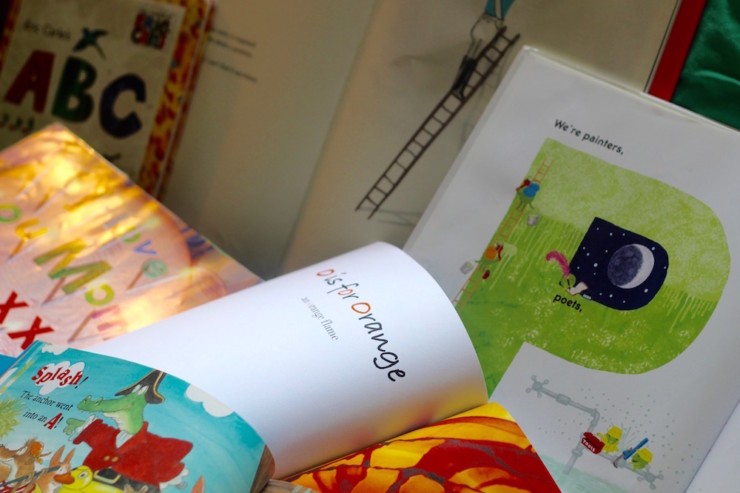
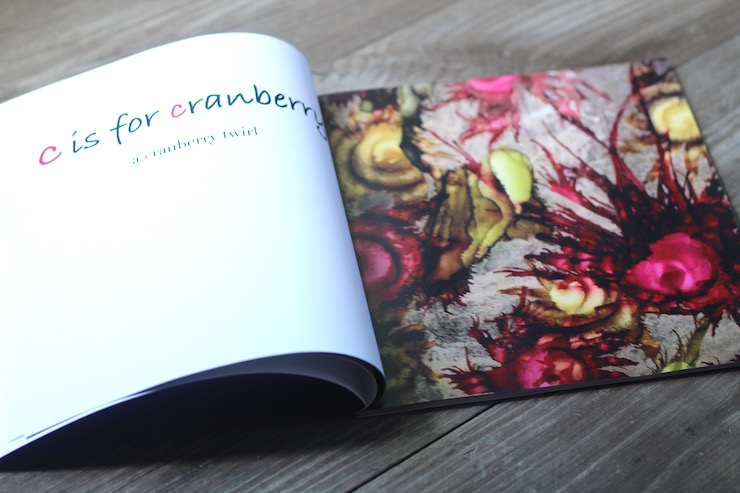
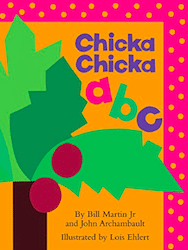
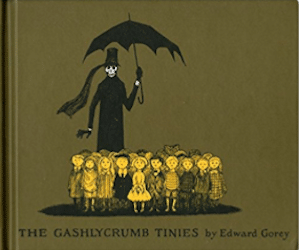
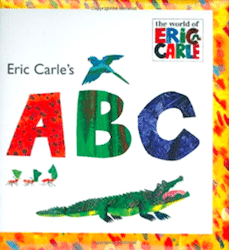
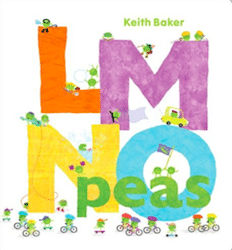
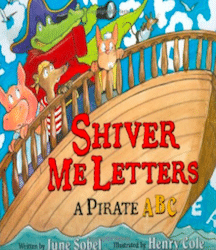
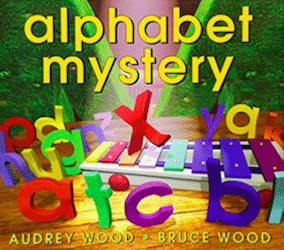
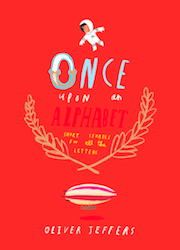
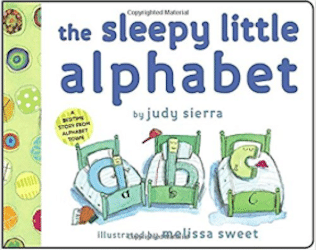
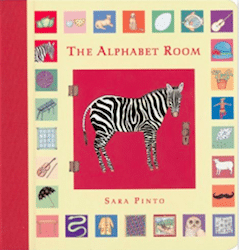
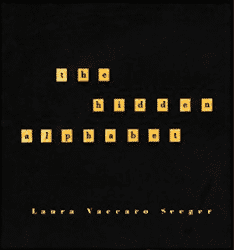
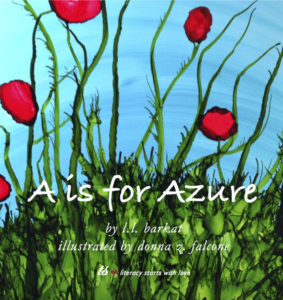
Donna Falcone says
So many great insights and suggestions here! I think my favorite is #4: “read everything alud to babies, including cereal boxes!” This creates an expectation that those squiggles mean things…. then different things… then very specifically different things. It sparks a curiosity about them, don’t you think? It becomes very natural for a child to see words as different from other aspects of their world – and to think of letters and words as important – I mean, if the grown ups are so interested in them, they must be important!
L.L. Barkat says
I loved that suggestion, too. And I’m pretty sure I did things like that—sometimes with exaggerated responses depending on how amused I was about the copywriting on the boxes. 🙂
Yes and yes and yes, regarding the issue of grownups’ interest. We have a huge impact on our children’s attention towards or away from topics and materials and experiences. (Going back to that Ian Leslie book, yet again, which discusses this so beautifully! (See Curious.) )